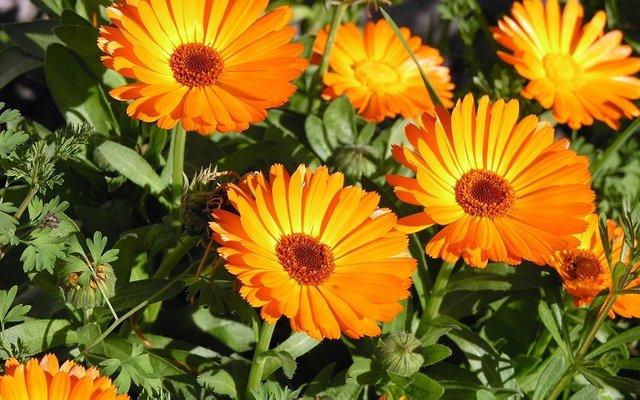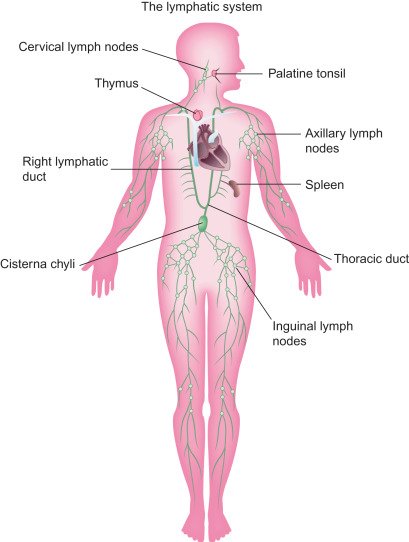Calendula Officinalis

The first posting of my herbal series has to start with calendula. Calendula is one of my favorite herbs to use. It is my go to for almost anything. It is often referred to as pot marigold. The plant belongs to the Asteraceae Family also known as the sunflower family. The Asters are the largest family of flowering plants in the northern latitudes only orchids being the larger family. If you have an allergy to daisy or any flowers in the aster family, including chrysanthemums and ragweed, you may also have an allergic reaction to calendula so always test a small area before using.
When using the plant medicinally the parts used are the flower heads & ray florets. You can use it a number of ways from teas to salves to tinctures. I have used it most as an infusion in olive oil. An infusion is simple to make. You take the dried calendula flower and submerge in the oil. Let sit in the jar for several weeks to slowly impart its qualities. If time is an issue you can use a heat source such as a crockpot or even stovetop to infuse. From this point you can add with other infuse oils or add herbs to this oil and beeswax to make a salve.
Calendula has anti-fungal qualities so it can be a great resource to clear up ringworm. I used it to clear up my son's ringworm along with tea tree (Melaleuca) essential oil. My favorite quality it has is its vulnerary properties. This means that when added to a healing salve it can help to heal the wound more quickly by stimulating the tissues growth. It is also great for healing burns, bruises, rashes, venous ulcers, bites, boils, eczema, etc
Here is a list of Calendula's Constituents:
Triterpenoid & Steroidal saponins (yields oleanolic acid)
Flavonoids (isorhamnetin & quercitin)
Mucilage & Polysaccharides
Bitter resin (calendulin & caledin)
Volatile oils
Xanthophyls & Carotenoids
Sterols (beta-sitosterol) & Fatty acids (myristic and palmitic esters)
The constituents are what plants contain to help take care of our ailments. Our immune systems are constantly bombarded in today's toxic society. Using calendula on your lyphatic system can help to stimulate the lymph nodes by massaging an oil infused with it. You can also use a it as a tea. Your lyphatic system is like the plumbing in your house it helps to flush the toxins from every cell, tissue and organ. If you are looking for more ways to boost your lymphatic system along check out this link https://branchbasics.com/blog/16-ways-to-activate-your-lymphatic-system/

It is suggested to avoid calendula internally in pregnancy due to potential emmenagogue (a substance that stimulates or increases menstrual flow) effects.
I will be posting more on calendula and how to use this anti-bacterial, anti-viral and anti-fungal an all in all great multi purpose antimicrobial plant ally as my herbal series continues
This blog is not intended to diagnose or cure ailments and is for informational purposes only. Please contact your physician if you have any doubt.